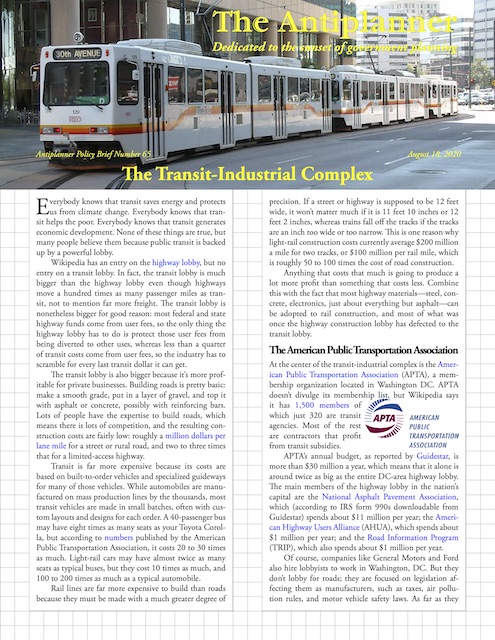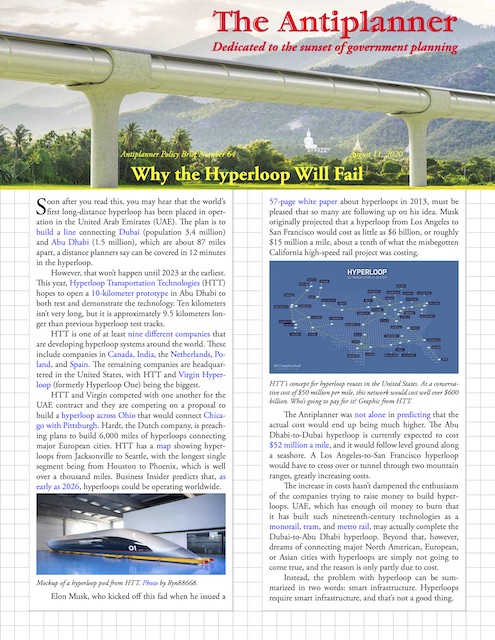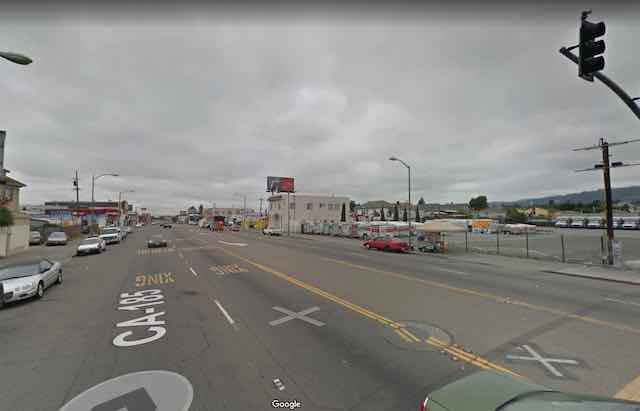A thunderstorm Sunday afternoon ignited more than two dozen fires in Central Oregon. Most were quickly suppressed and the largest one still burning is within sight of my backyard, which means we have been treated to a noisy air show of helicopters and MD-87s dumping water or fire retardant on the hillside.
Looking like a tiny insect, a helicopter dumps water on the north side of the Green Ridge fire on Monday. Despite these efforts, the fire appeared to have spread north of this spot on Tuesday. Click image for a larger view.
Due to drought, many fire officials were predicting that wildfires this year would be “severe and complex,” particularly in the West. In fact, according to the National Interagency Coordination Center’s Tuesday morning situation report, only 53 percent as many acres have burned so far this year as the average of the last ten years. Fewer acres have burned so far this year than burned by this same date in 2014, which was the mildest fire year since 2010. Continue reading











